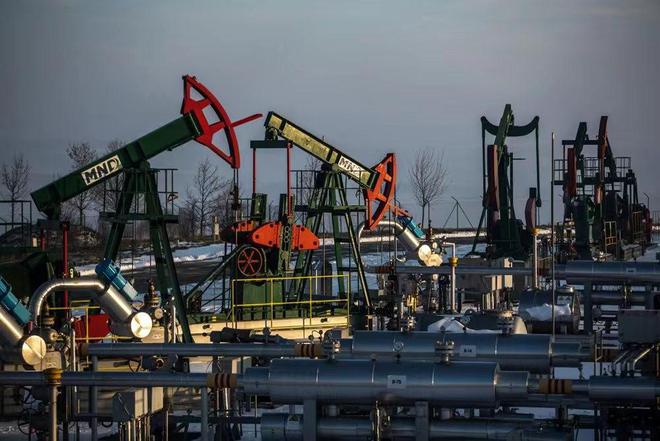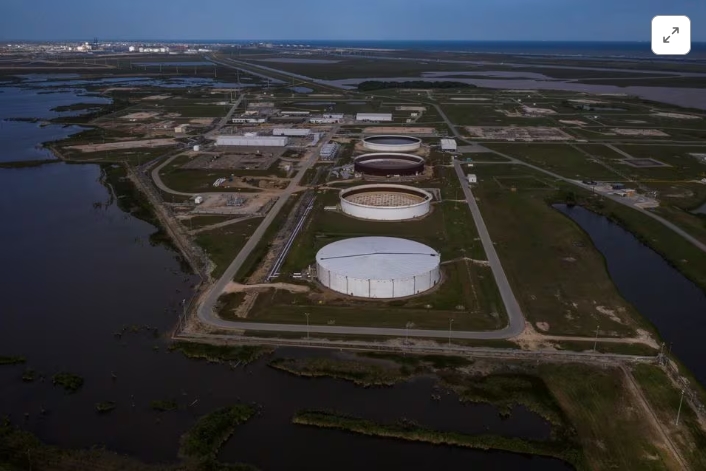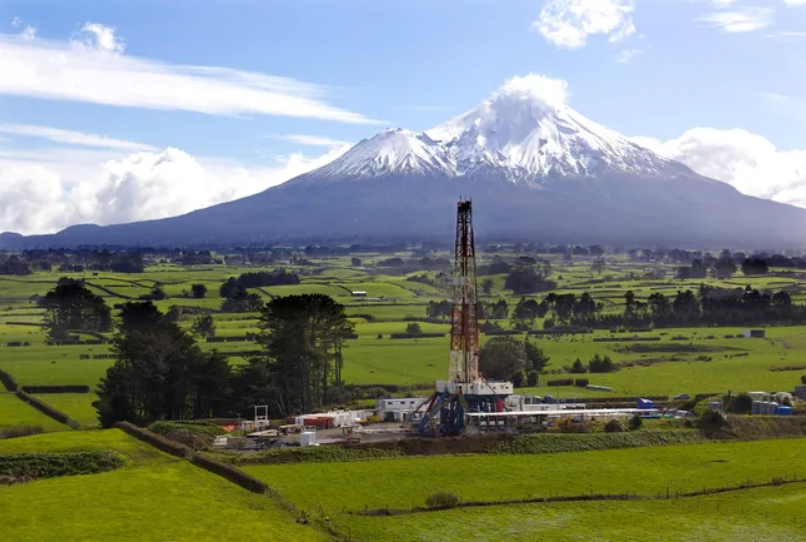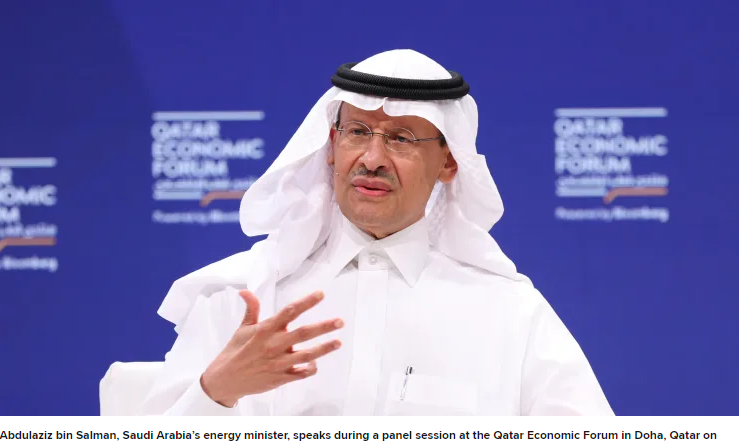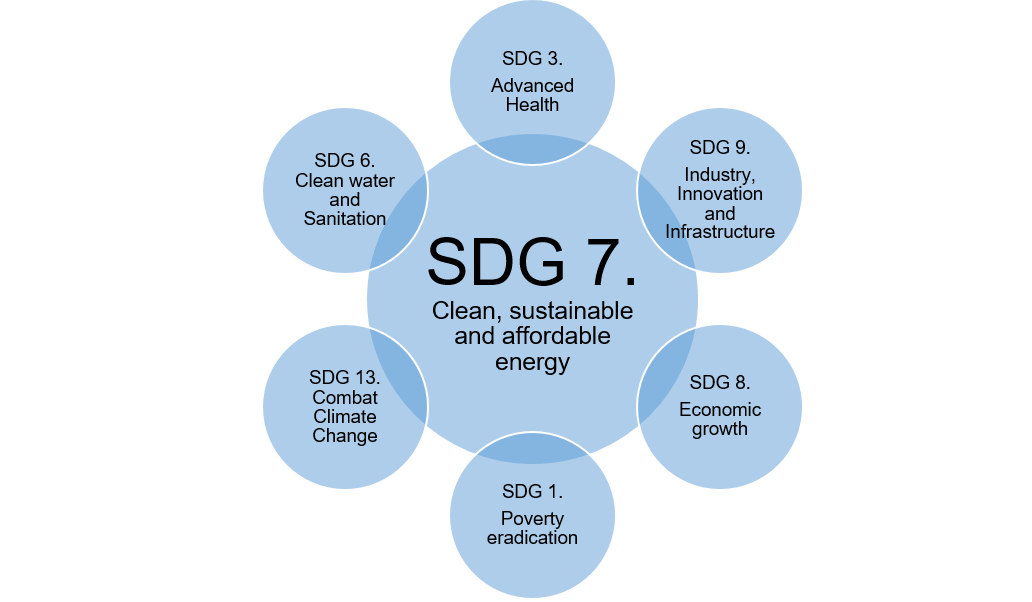With the global energy crisis still running the show, Wood Mackenzie, an energy intelligence group, has outlined ten predictions for the energy industry in 2023, which point to a rebounding oil demand and surging EV sales, along with some other forecasts for the year ahead.
While examining the forces shaping the global energy industry, Ed Crooks, Vice-Chair, Americas, has collected ten Wood Mackenzie analysts’ predictions for developments, which are anticipated to occur in 2023.
As world events transformed the outlook for energy due to Russia’s invasion of Ukraine, which prompted the EU, the U.S. and their allies to cut their purchases of Russian energy, causing havoc in world markets, prices for LNG and European gas and power soared to record highs, highlighted Crooks.
While unexpected events could inevitably forestall some of the events that currently seem likely, Wood Mackenzie has still listed ten of its analysts’ top predictions for 2023:
Others to follow in the Unites States’ footsteps as it spearheads policy support for low-carbon energy
The U.S. has worked on stepping up its policy for low-carbon energy in 2022 and David Brown, Wood Mackenzie’s Director, Energy Transition, underlined that the extended and expanded tax credits and subsidies offered to low-carbon energy in the U.S. Inflation Reduction Act, signed into law in August, has caused companies around the world to reconsider investment decisions.
This is due to the key measures in the act – including support for wind and solar power, battery storage, carbon capture, and low-carbon hydrogen – outshining existing policy frameworks in most other countries, says Brown. Therefore, other countries will need to introduce incentives that are closer in value to what is now available in the U.S. to remain competitive.
“That will be a net gain for the world, not a zero-sum game: a levelling-up of policy support will unlock new business opportunities for the entire globe,” concluded Brown.
2. Global oil demand to bounce back
According to Ann-Louise Hittle, Wood Mackenzie’s Head of Macro Oils, global oil demand was faltering at the end of 2022, as a sharp decline in demand of 1.2 million b/d year-on-year was predicted for the fourth quarter of 2022.
However, Hittle points out that this downward trend will turn out to be short-lived, forecasting a brisk return to oil demand growth in 2023, with an increase of 2.3 million b/d for 2023 as a whole, driven by the easing of Covid restrictions in China and rising use of petrochemical feedstocks.
“This resumption of the upward trend in demand is likely to jolt the oil market out of its current doldrums and provide support to prices,” underscored Hittle.
3. New LNG contracts to take a downturn
Wood Mackenzie’s Massimo Di Odoardo, Vice-President of Gas and LNG Research, explained that 2022 was a busy year for LNG contracting, with deals signed for 80 million tonnes per year, out of which 75 per cent was with exporters from the U.S., and over 50 per cent was for portfolio players and traders. Di Odoardo expects the LNG contracting activity to slow down in 2023 while Chinese companies will continue to buy, and U.S. independent upstream and midstream players will continue to secure deals to access global LNG prices.
On the other hand, portfolio players are anticipated to be more selective, placing their bets only on those projects that can move quickly. Meanwhile, European buyers are unlikely to commit to much supply, as they remain concerned about demand longevity and future pricing dynamics, said Di Odoardo.
4. As the UAE gets ready to host COP28, ramp up in low-carbon energy to follow suit, spurring other countries in the Middle East to do the same
Kavita Jadhav, Wood Mackenzie’s Research Director, Corporate Research, elaborated that ADNOC, Abu Dhabi’s national oil company, did not set a net-zero target in the run-up to COP26 in 2021, even as peers such as Saudi Aramco declared ambitions to be carbon neutral in 2050. This changed in November, when ADNOC announced that it will pursue net-zero by 2050 and establish a low-carbon energy division.
The company has already embarked on its mission to move towards that goal, as the only NOC so far to pursue renewable M&A, buying into the H2Teeside hydrogen project in the UK alongside BP. In line with this, ADNOC and the UAE are expected to continue to ramp up low-carbon investment, bringing along other oil producers in the Middle East, whose investments in low-carbon energy will increase with further international acquisitions in hydrogen, CCUS and solar in the offing, in a wave that could be similar to the rush of activity seen in the UK and Europe in the run-up to COP26.
“The UAE and the Middle East more widely could have a similar eureka moment to the Inflation Reduction Act in the U.S., which promises a boom time for hydrogen, CCS and solar. A lot can happen when you have the spotlight on you,” emphasised Jadhav.
5. CCUS to go mainstream with big investment decisions on the horizon
Moreover, Mhairidh Evans, Wood Mackenzie’s Head of CCUS Research, outlined that after a flurry of announcements recently, companies will finally kick off major projects in carbon capture utilisation and storage (CCUS) in 2023. With up to 30 CCUS hubs around the globe targeting FID in 2023, and about half of those likely to go ahead, Evans puts an emphasis on hub projects that provide the infrastructure for multiple emitters to transport and store captured carbon dioxide at scale.
Wood Mackenzie’s research shows that the European oil and gas majors, which have existing positions to build on along with ambitious energy transition targets to pursue, will be leading the way in CCUS developments.
6. U.S. electric vehicle sales expected to double
Wood Mackenzie’s Ram Chandrasekaran, Head of Road Transportation, claims that the U.S. has for many years been languishing in a distant third place behind China and Europe for electric vehicle sales, but now conditions are “finally coming together in terms of policy, regulations and product.” This is due to the Inflation Reduction Act, which means that GM and Tesla are both once again eligible for the EV tax credit, and other major automakers that would have been capped off by 2023, can now enjoy another 10 years of subsidies.
Additionally, the new EPA regulations set for 2023 are anticipated to force automakers to reduce fleet-level emissions by 10 per cent, and the cheapest way for automakers to achieve that will be to sell more EVs, thus, affordable EVs will finally be hitting the market in volume. In lieu of this, Chandrasekaran expects Ford, Hyundai, GM, Subaru, Toyota, VW to have compact SUVs on the market with starting prices around $40,000-45,000.
Wood Mackenzie’s analysis indicates that this trifecta of policy support, regulatory pressure and affordable models will help U.S. EV sales to double over 2 million in 2023, up from 1 million this year. As a result, this time next year, everyone will be talking about how the U.S. has finally stepped up to join the global EV battle, added Chandrasekaran.
7. Prices for metals to go down
Nick Pickens, Wood Mackenzie’s Research Director, Copper, pointed out that supply and demand balances point to a year-on-year decline in average prices across the metals and mining industries in 2023. Therefore, softening demand, stronger supply and weaker sentiment are expected to contribute to the downward pressure.
In light of this, the construction sector – a key area for iron ore, steel and base metals – will be a drag on global demand, with the Chinese real estate market in particular remaining sluggish. By contrast, supplies of copper, aluminium, lead, zinc, iron ore and steel, among others, will all post higher growth rates than in 2022. Pickens predicts the production of battery materials – nickel, cobalt and lithium – to continue to forge ahead, following double-digit growth in 2022.
Despite this, there are some upside risks for demand. With inflationary pressures showing signs of easing along with supply-chain constraints, this could mean the global economic slowdown is less severe than expected. Thus, a recovery in the automotive sector and in low-carbon energy could help offset some of the demand weakness in other consumer-led segments. Regardless, Pickens believes that the overall prevailing tendency in prices will be downwards.
8. Larger independent shale player to break ranks in a bid for faster growth
Alex Beeker, Wood Mackenzie’s Research Director, Corporate Research, forecasts that tight oil companies are gearing up to act in unison this year while comprehensive activity and spending guidance for 2023 has not arrived yet. However, Beeker says that signs point to a repeat of 2022 with single-digit production growth, and spending hikes that will largely just cover cost inflation. Additionally, oilfield services constraints and project execution challenges remain obstacles to faster growth while shareholder returns take priority.
Beeker underscored that this is not a completely level playing field across the listed E&P sector, as some companies have better balance sheets, better assets, and more established frameworks for returning capital. Bearing this in mind, Wood Mackenzie thinks that 2023 “could very well be a year where the best of the best break out, and decide to grow more aggressively than many stakeholders currently expect.”
9. U.S. solar installations will start to recover, despite supply chain constraints
Sylvia Leyva Martinez, Wood Mackenzie’s Senior Analyst, North America Utility-scale Solar, highlighted that high steel and polysilicon prices, an anti-dumping investigation by the Department of Commerce, and the implementation of the Uyghur Forced Labor Prevention Act wreaked havoc on the U.S. solar industry in 2022, as an estimated total of 18.6 GW of new solar generation capacity was expected to come online in 2022, down 23 per cent from installations during the previous year.
However, all the signs point to the U.S. solar industry starting its recovery in 2023, claims Martinez while adding that the passage of the Inflation Reduction Act boosts the already competitive cost of electricity from solar. Meanwhile, module prices are set to remain stable as global polysilicon production capacity increases by 70 per cent, and imports that were detained by U.S. Customs despite using non-Chinese polysilicon are expected to be released during the first half of next year.
Martinez emphasises that corporate and utility demand will reach an all-time high, as power prices continue to increase and pressure to meet emissions reduction targets grows. These factors are likely to drive a 50 per cent increase in solar installations in 2023, based on Wood Mackenzie’s research.
10. Fortune to favour those bold in sanctioning oil & gas developments
Fraser McKay, Wood Mackenzie’s Head of Upstream Analysis, underlined that the list of large oil and gas projects nearing final investment decisions (FIDs) has been more than twice the number getting the go-ahead since 2020. While capital discipline and increasingly cost inflation and execution concerns have complicated decision-making for companies evaluating major projects, continuing tensions between service companies and operators are expected to keep pouring sand into the cogs of the stage gate process for investment decisions.
With operators nervous about cost certainty, service providers are looking to expand margins, thus, when considering about 60 large projects that could be ready to go, McKay believes that only about 30 will proceed in 2023.
Wood Mackenzie advises operators to be wary of delaying for too long, as the supply chain is not adding capacity quickly enough to avoid further cost inflation. Keeping this at the forefront, McKay concludes that this could be as good as it gets.

